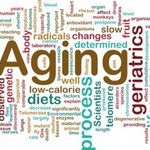 Aging is not a simple business.
Aging is not a simple business.
After all – if it were that simple – humankind would have already worked things out and average life expectancy would be around 200 years and rising.
Understanding why we age is a question that keeps some of the best scientific brains in the world fully occupied – and there is still no definitive answer.
The science isn’t that straightforward either – certainly not for a non-scientist. It is taxing just to read your way around some of the current theories out there – and trying to understand what they mean is even more challenging.
Why do you need to know?
If your concern is looking good as you get older – you may wonder why you need to make your brain ache with aging theory. Don’t you just want to know which cream will keep your skin supple or which supplement or superfood will energise your brain?
There’s the answer for me – how can I possibly judge what is likely to work unless I understand at least a little bit of the science behind it.
More and more scientific studies are discovering promising new skin care ingredients, warning us about dangerous lifestyle choices, focusing our attention on what to eat and drink for protection from premature aging.
Sometimes the theories seem to contradict one another or offer too many choices. We need to know how to evaluate what we read and we can only do that if we get to grips with the science.
Simplified theories of aging
As a non-scientist the danger is I try to delve too deep into the science of aging and get totally lost and confused.
What I’ve tried to do is produce a simple list of the main aging theories – by that I mean the most common or generally accepted – and explain them in a straightforward way.
I have also tried to link each theory to the advice you might find related to each idea.
1. Free radical theory
The oldest (since 1956) and most well known and accepted theory of aging – most of us by now have heard of free radicals and the damage they do. The simple explanation of a free radical is a molecule with a free electron which then reacts with healthy molecules in a destructive way producing disease, cell aging and death.
You must have read lifestyle advice based on free radical theory – poor diet, alcohol, smoking, sun exposure – cause free radical build up in the body and result in ill health and premature aging. What you may not have known is that apart from the bad choices you make – just breathing in oxygen and generating energy to move or eat produces natural free radicals which are equally as bad for you.
What we all need is plenty of “free radical scavengers” – or as we now call them antioxidants – which include vitamin C, vitamin E, Betacarotene, green tea catechins and others. Ideally – research suggests – we need to eat things containing lots of antioxidants for maximum effect.
Antioxidants are freely promoted in products like supplements and as anti aging ingredients in skin care based on this theory of aging.
2. DNA and genetics
Based on the fact that we all have a pre-determined genetic tendency to function in certain ways including how and when we age. Research around this theory shows that genetics isn’t everything. In spite of DNA – rates of aging can still be greatly influenced by our lifestyle choices and by pollutants and toxins we encounter (as in the Free Radical Theory above). Studies of identical twins – for instance – show how rates of skin aging are greatly influenced by smoking and sun exposure despite identical genetics.
3. Rates of cell division or the Hayflick Theory
Named after the scientist who first outlined the theory in 1961 – Dr Hayflick. The suggestion is that human cells are limited in their ability to divide and reproduce themselves. Hayflick estimated that after 50 cell divisions they die leading to ill health, decay and eventually death. Longer life (anti aging) depends on slowing down the rate of cell division. The way we do this is largely through diet and lifestyle choices as described in the free radical theory before although some drug interventions are being studied.
One discover to emerge from this line of study is that over fed cells divide quicker and restricting calories extends life in lab experiments with mice. As a result calorie restriction (CR) has emerged as an anti aging program in its own right closely connected to the Hayflick theory.
4. Cross-linking or glycosylation
A relatively new (1990’s) theory which is becoming increasingly accepted with the work of Dr Robert H Lustig and others. Cross-linking theory is based on the damage to health caused by the presence of simple (added) sugars in the modern diet. Simple sugars bind to proteins in a process called Glycation which results in the formation of AGE’s (Advanced Glycation End products). Resulting health problems include: Alzheimers, diabetes, cancer, sight loss, deafness and heart failure.
Fructose in the form of High Fructose Corn Syrup or HFCS emerges as the main villain in this theory largely because in many ways it acts as a toxin in the body and has ten times the glycation activity of glucose – the body’s main fuel source. Unfortunately since the 1950’s HCFS has been increasingly added to most processed foods in the US as it was cheaper and sweeter than sugar.
Glycation is also directly linked to collagen deterioration and skin aging and there are skin care ranges (Dr Brandt, Skinceuticals, Perricone MD) based on anti-glycation ingredients.
Other advice based on this theory is to eliminate fructose (HFCS) in the diet and only eat sugars when combined with fiber. Recommended antidotes to AGE’s include vitamin E, Alpha Lipoic Acid and flavonoids (plant chemicals in highly colored fruit and vegetables) used in both diet and skin care.
5. Mitochondrial decline
Mitochondria are the powerhouses of cells where energy is produced for everything we do, say and think in the form of ATP (Adenosine Triphosphate) which cannot be stored and has to be continually renewed.
The mitochondria make use of some essential nutrients to produce this energy including: CoQ10, Acetyl L Carnitine and B vitamins. Both mitochondria and ATP production decline with age and this is linked in part to free radical damage.
This theory of aging focuses on the need to protect and increase ATP production by repairing mitochondrial damage. Antioxidants play a part in limiting free radical damage but supplementation with the key nutrients needed to form ATP – in particular Acetyl L Carnitine, CoQ10 (idebenone) and CoQH (ubiquinone).
Summary – what matters?
It seems to me that many of these theories are interlinked – whilst no single explanation of aging has been developed – there are some key threads and some pointers for the future.
Free radical damage is a common theme and the role of antioxidants is key. Focusing on lifestyle choices – boosting your diet with antioxidants (vitamin C, E, Betacarotene, green tea catechins, omega 3) and cutting out the damage from smoking, photoaging (UV) and alcohol will make a real difference to how well you age. Some supplements emerge as winners – CoQH (ubiquinone), Acetyl L Carnetine are two to focus on which are covered elsewhere on this site.
For the future – I’m betting the focus will shift more and more towards sugar damage (from fructose in particular) as a significant cause of disease and premature aging. Cutting down on added sugar and eliminating fructose is something you can start doing now if you value your looks and health.
One thing is for sure – huge advances have been made by science in understanding aging in very recent years. The future is set to be an exciting time and it would be great to stick around long enough to see what happens!

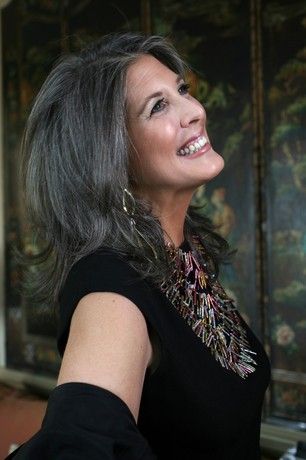
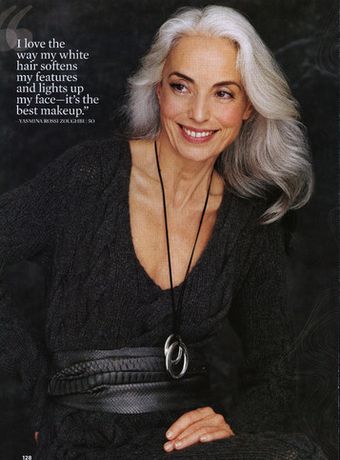
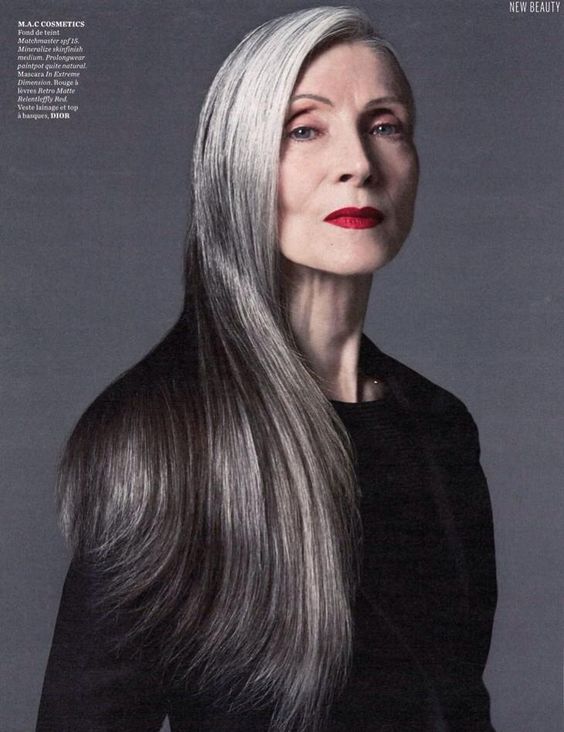

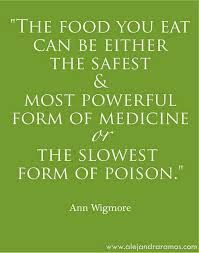
Speak Your Mind